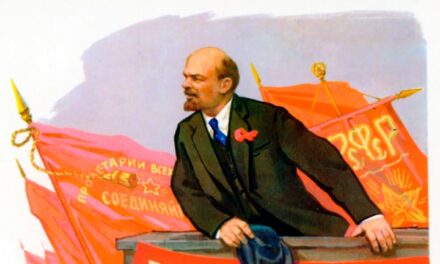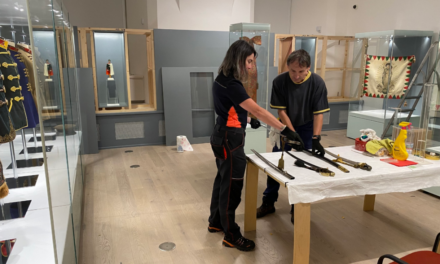Róza Déryné Széppataki was the greatest Hungarian actress of her time and a pioneer of acting in the Hungarian language. On the occasion of the 150th anniversary of her death, she produced a TV play from the drama Young Lady Déryné by Ferenc Herczeg of the Déryné Program.
An important mission of the program is to bring high-quality theater performances to rural locations where access to culture is limited and where the people living there may have never seen a theater performance before. Two years ago, Déryné Társulat presented Ferenc Herczeg's drama, which takes you to the heroic age of itinerant theater, to the world of Hungarian-language theater full of hopes, struggles and successes.
The film adaptation of the drama transports the viewer to the reform era, an impressively exciting, adventurous and emotionally rich work. Filming took place in several locations, in the National Theater and in the National Botanical Garden in Vácrátót. Both the stage and motion picture versions were directed by Attila Vidnyánszky, winner of the Kossuth Prize, and the producer is the director of the Déryné Program, Márk Kis Domonkos. The premiere took place a few weeks ago at Uránia, and Prime Minister Viktor Orbán also visited the presentation. Interview with Attila Vidnyánszky and Márk Kis Domonkos.
The TV play is extremely exciting - a special transition between theater and cinema. How did this concept come about?
Attila Vidnyánszky : Every work I have brought to the screen so far dances between the language of theater and film. The Boy Who Turned into a Deer is perhaps the most "filmic" work I've directed, but it's also full of theatrical elements. Ferenc Herczeg's play The Déryné Young Lady was presented two years ago by the Déryné Company, and thanks to Márk Kis Domonkos, the director of the Déryné Program, we had the opportunity to film the play. I wanted the performance to be recorded as accurately as possible, but to be able to see its soul again on the film screen. This is the first performance of the Déryné Társulat, and it was important for me to film it in such a way that the theater performance remains a bit on the screen, but also crosses the border between the two art forms and also undertakes cinematic solutions.
WE STRIVED THAT THE STORY CARRIED THE VIEWER WITH IT AS IT WAS REALIZED IN THE PERFORMANCE.
Originally, we imagined that we would shoot every scene on location, but in the end we decided that a temporary solution would be better, that is, we shot both in a theater and on location, because it fits the message of the story better.
THE ACTORS OF THE FILM ARE WONDERFUL PEOPLE WHOSE DESTINY WE CAN EXPERIENCE, BECAUSE, JUST LIKE TODAY'S THEATER ACTORS, THEY ALSO PASSIONATELY LOVED TO PLAY.
Of course, they created under much more difficult circumstances, and we can thank them for the fact that today we have plays in Hungarian and we have stone theaters. We shot the film last spring, and since we couldn't work at the National Theater at the same capacity due to Covid, and the Déryné Program couldn't travel as much as it wanted, we had time to make the film.
The entire Origo article can be read here.
Author: Barbara Vági
Image: Perhaps Csaba (Márk Kis Domonkos and Attila Vidnyánszky)












